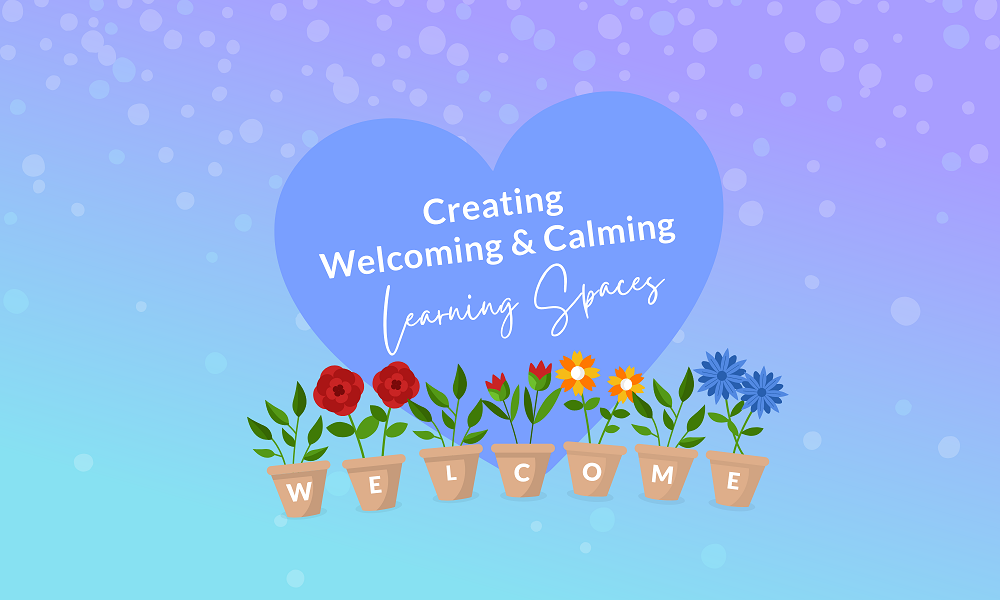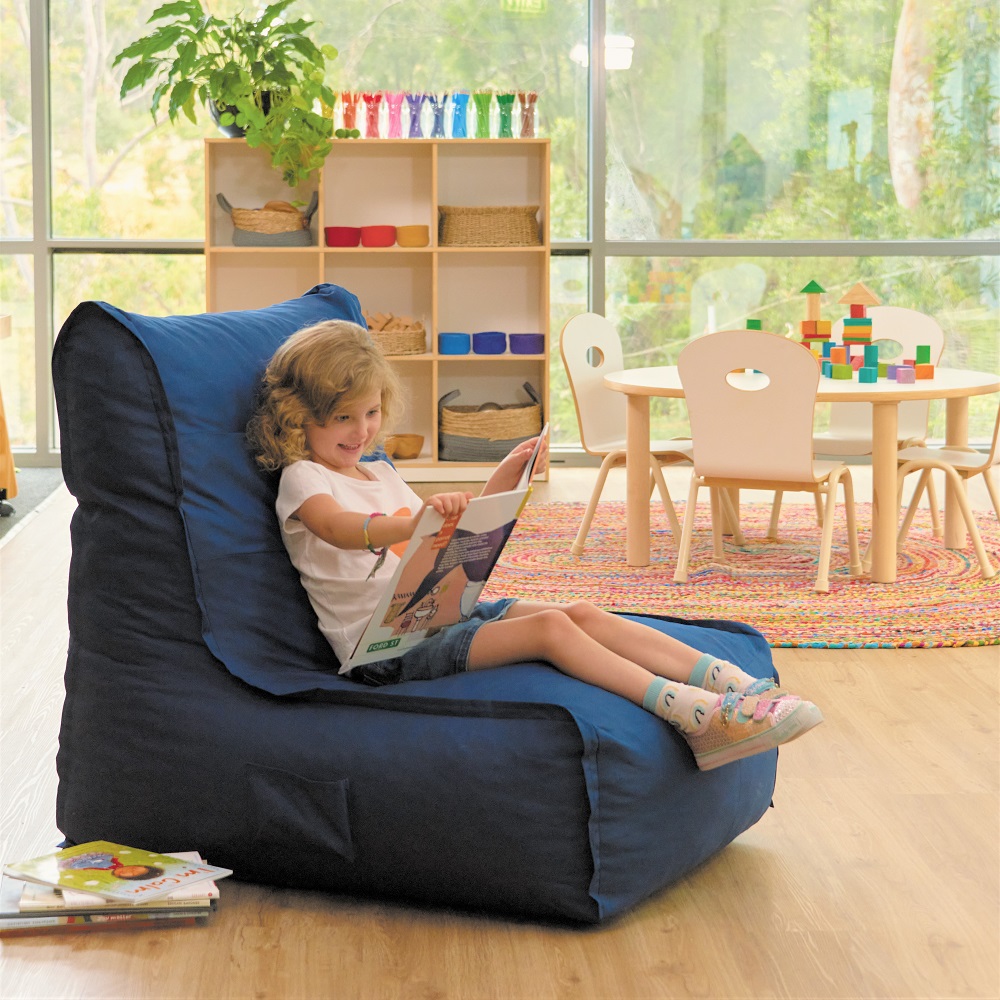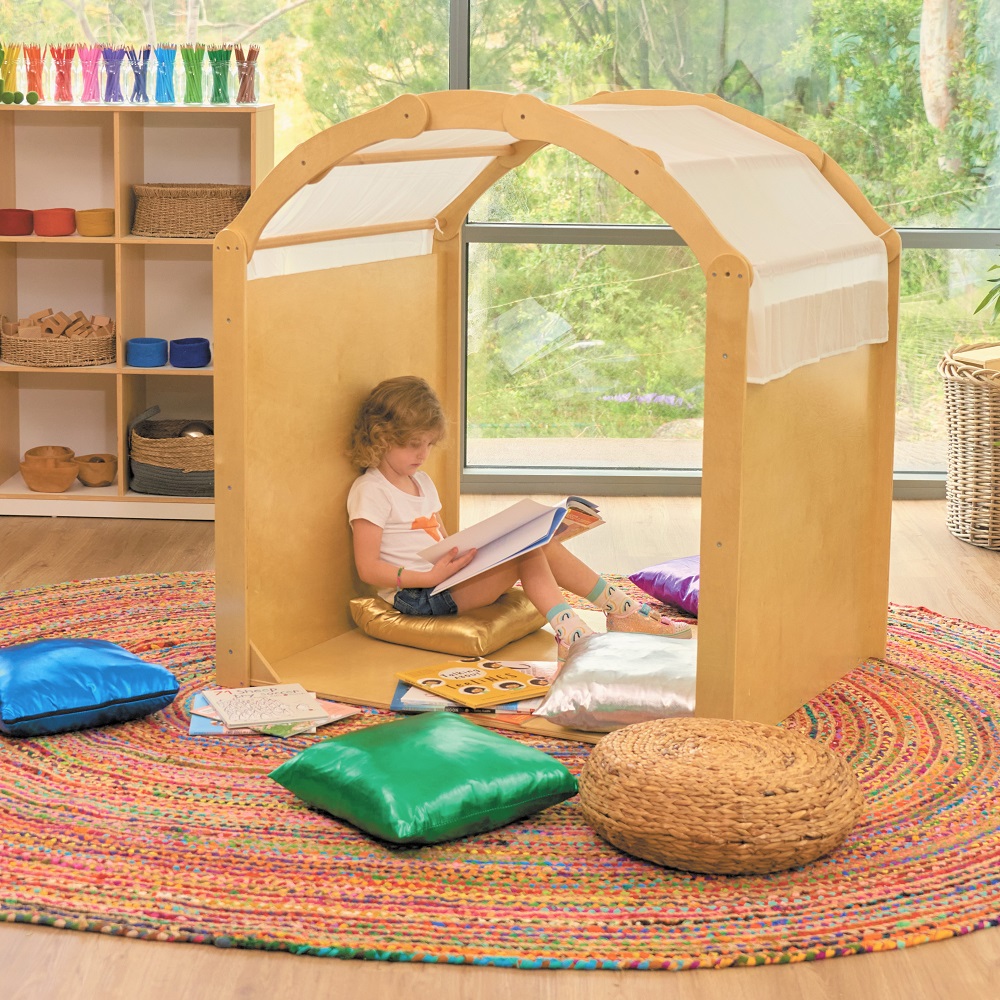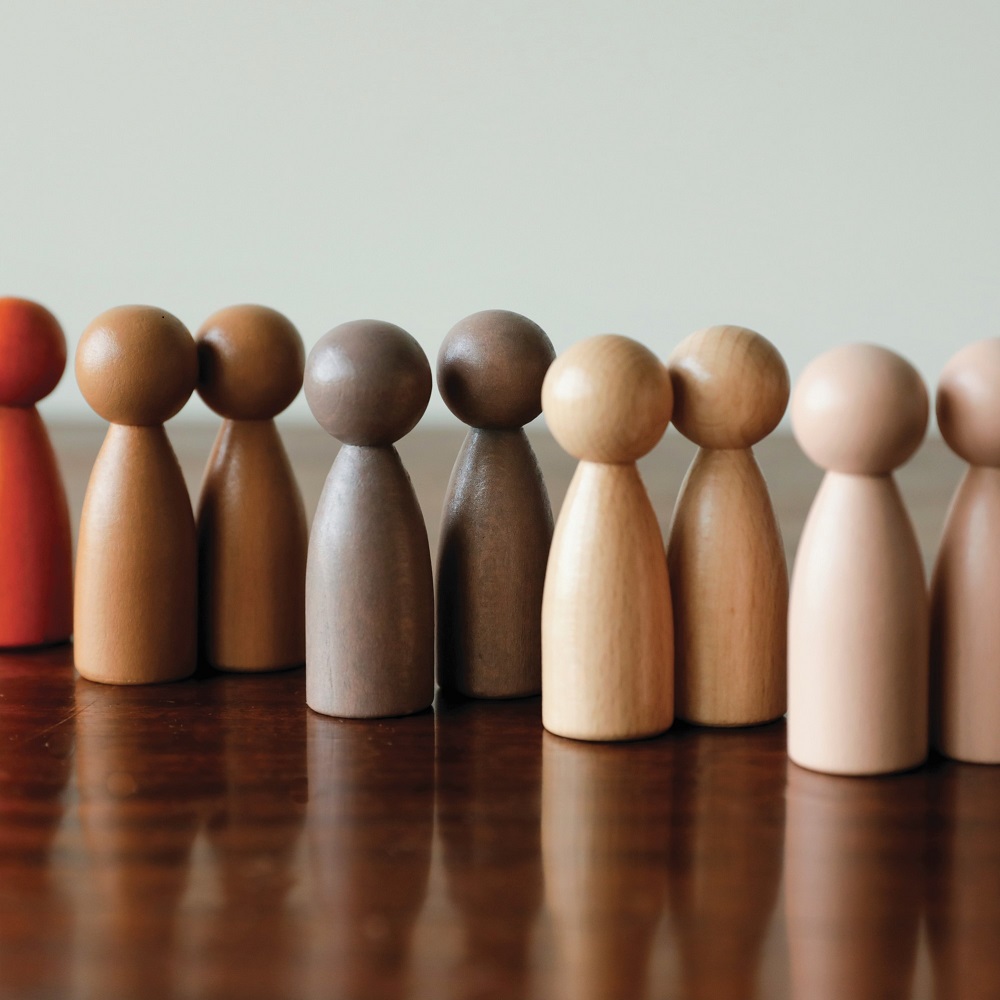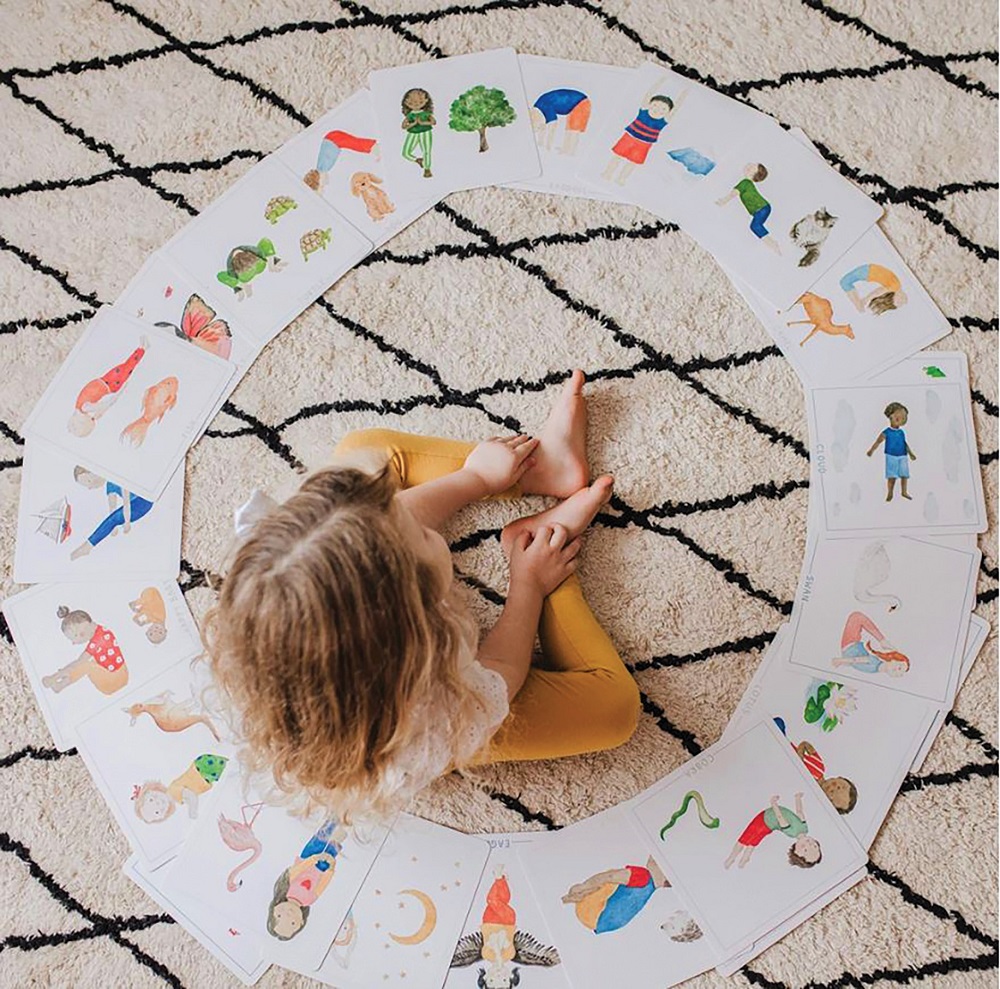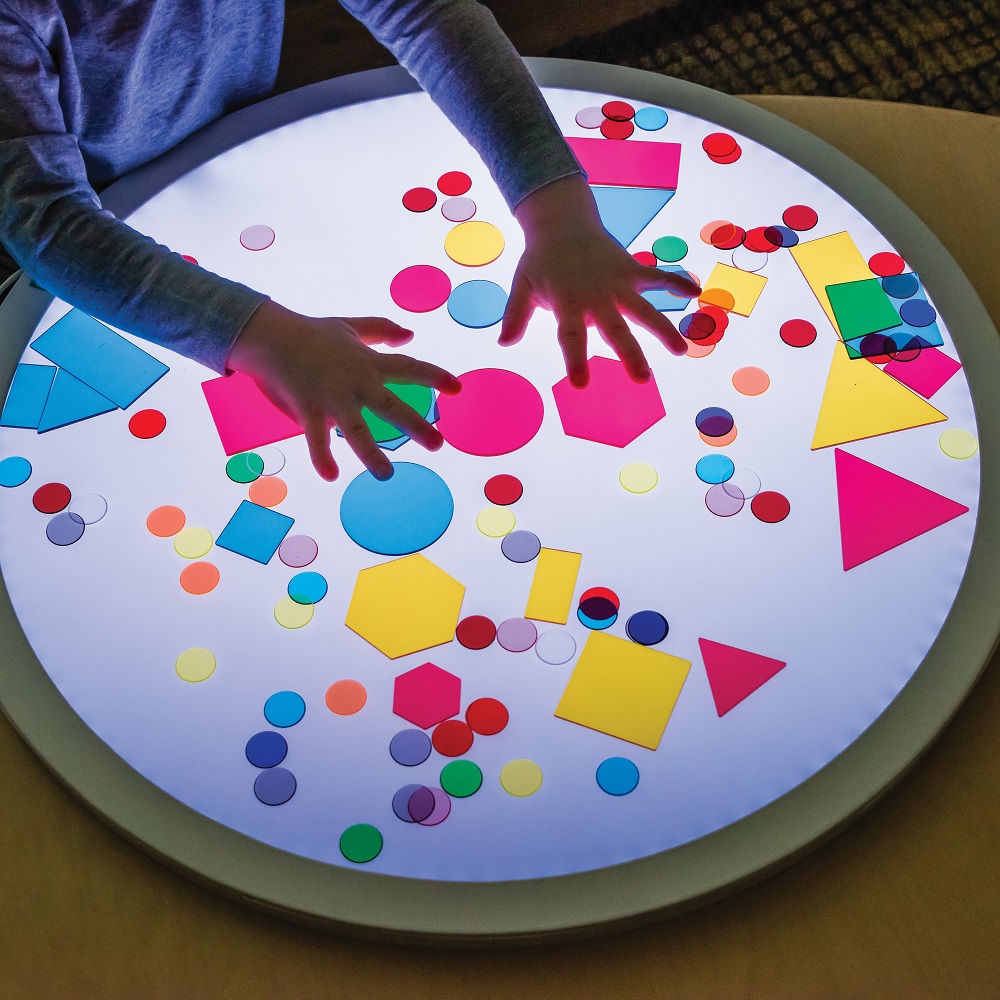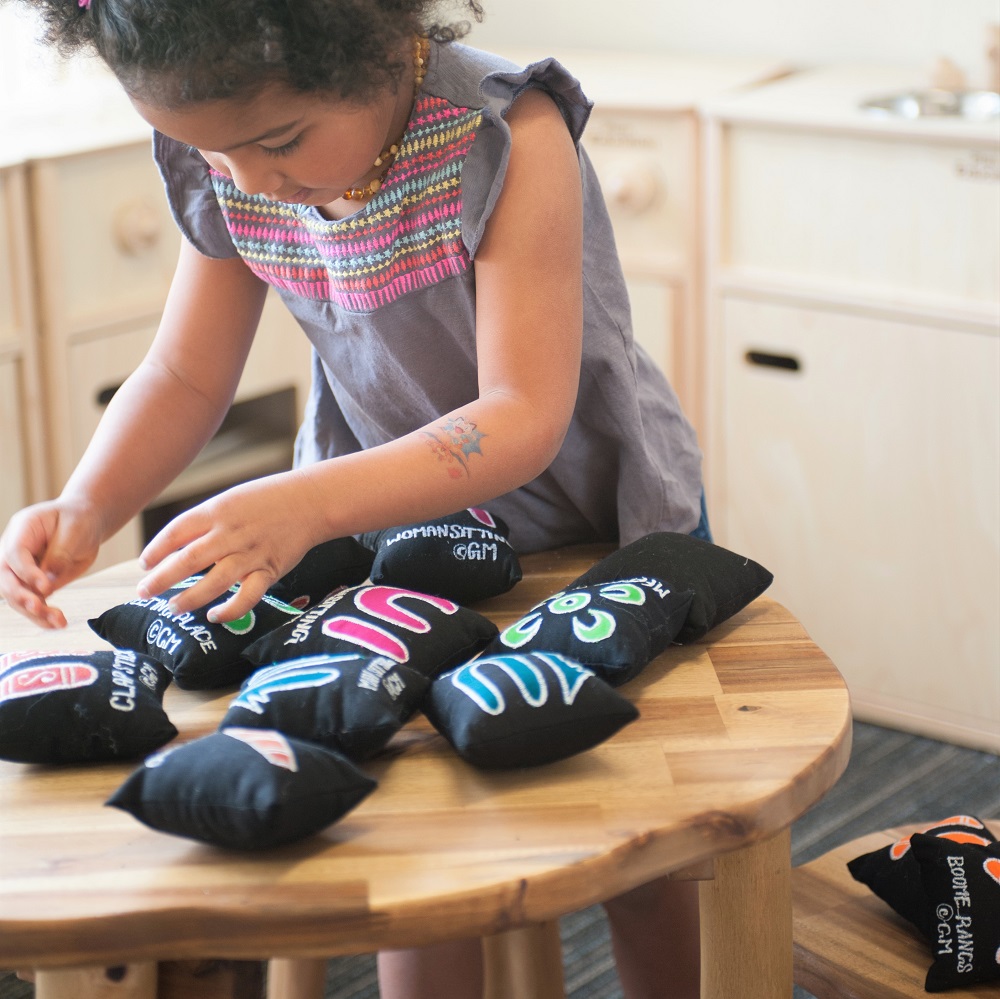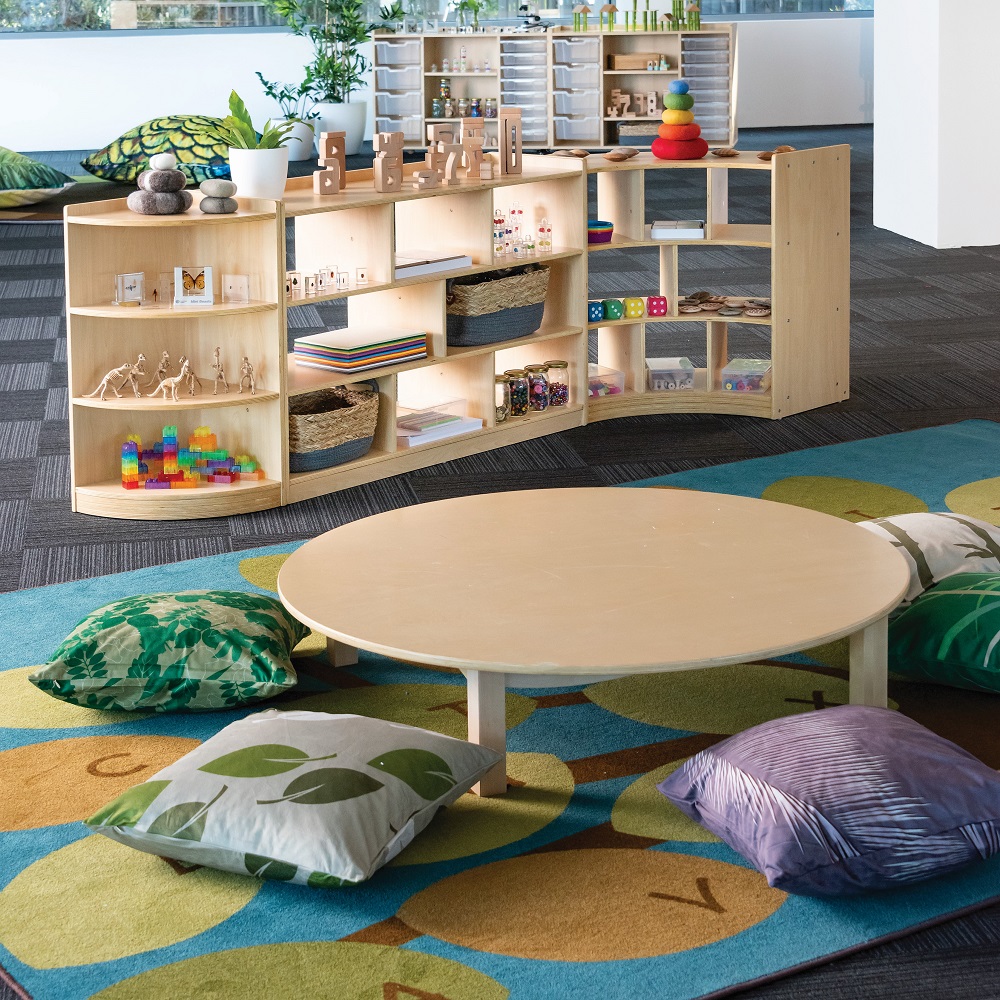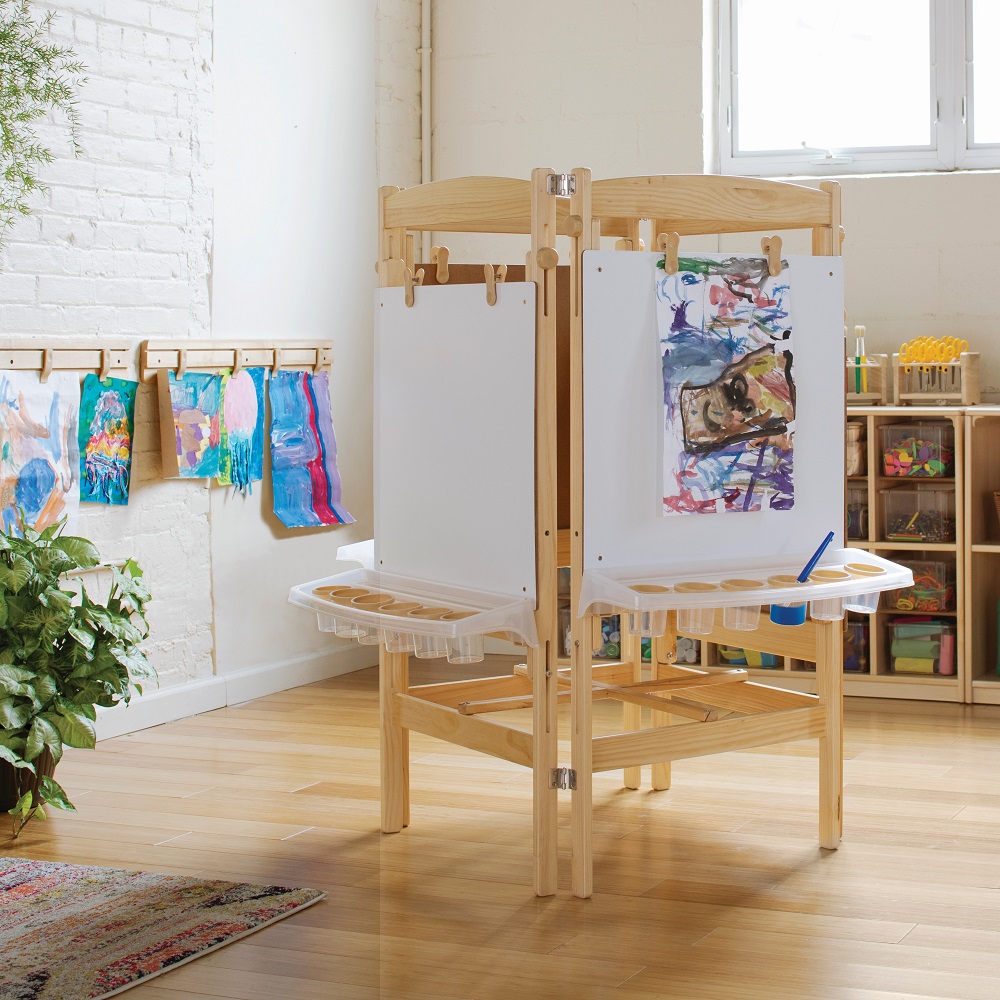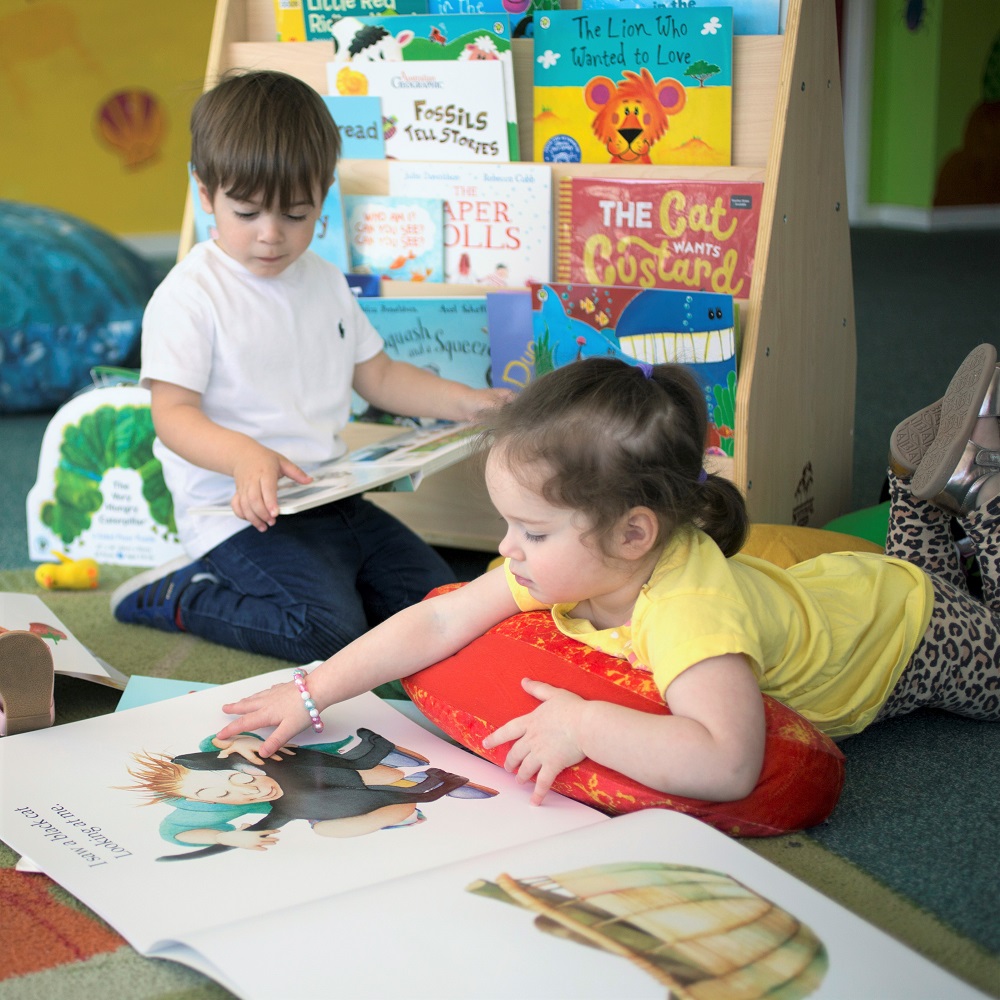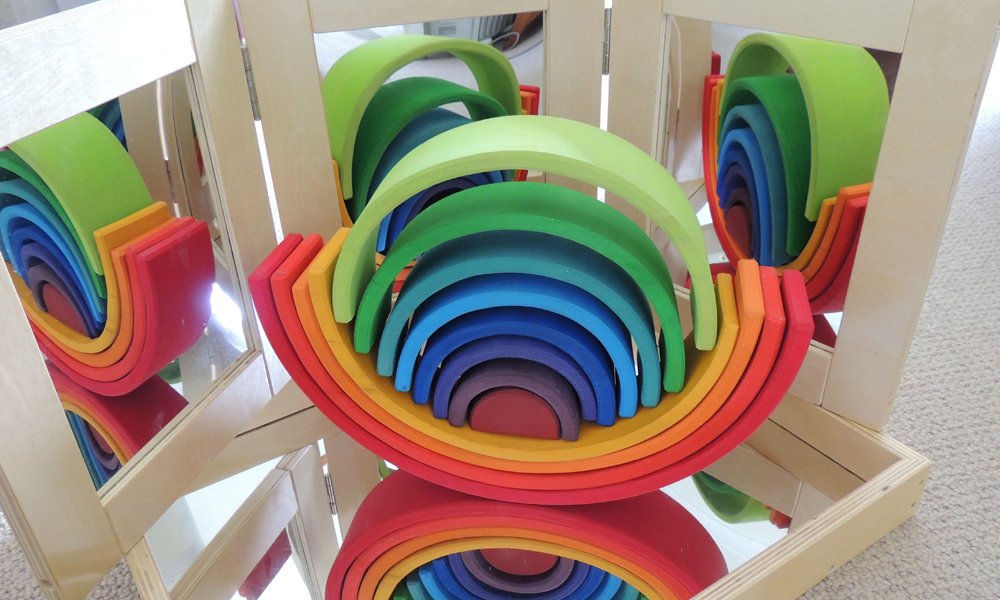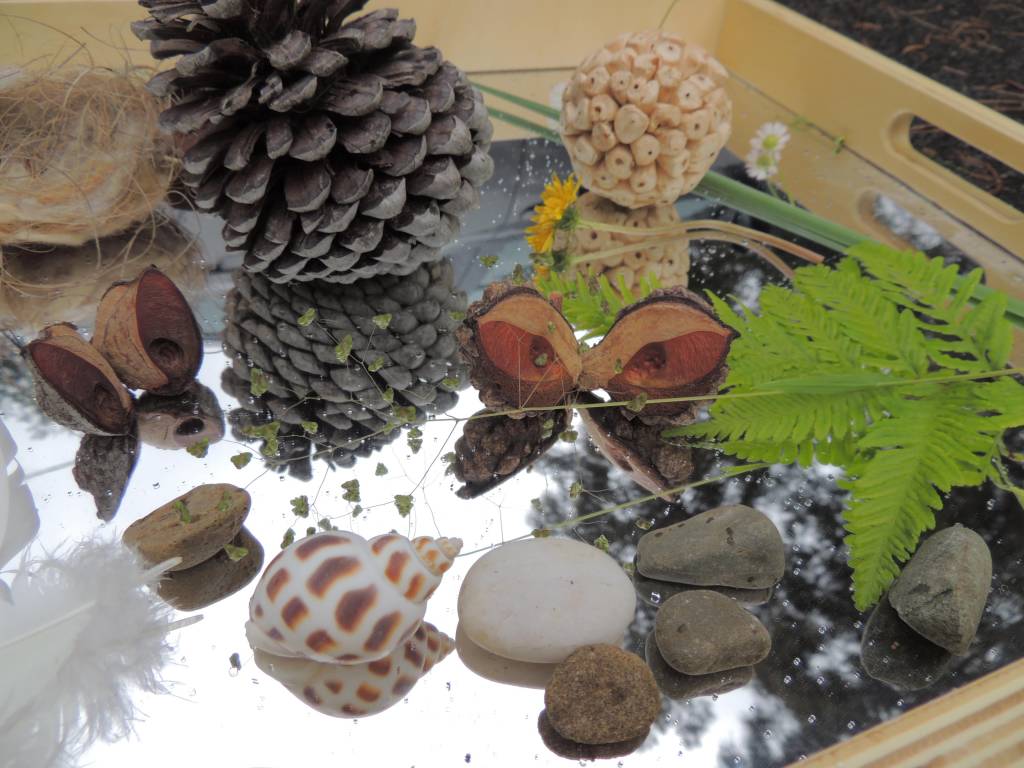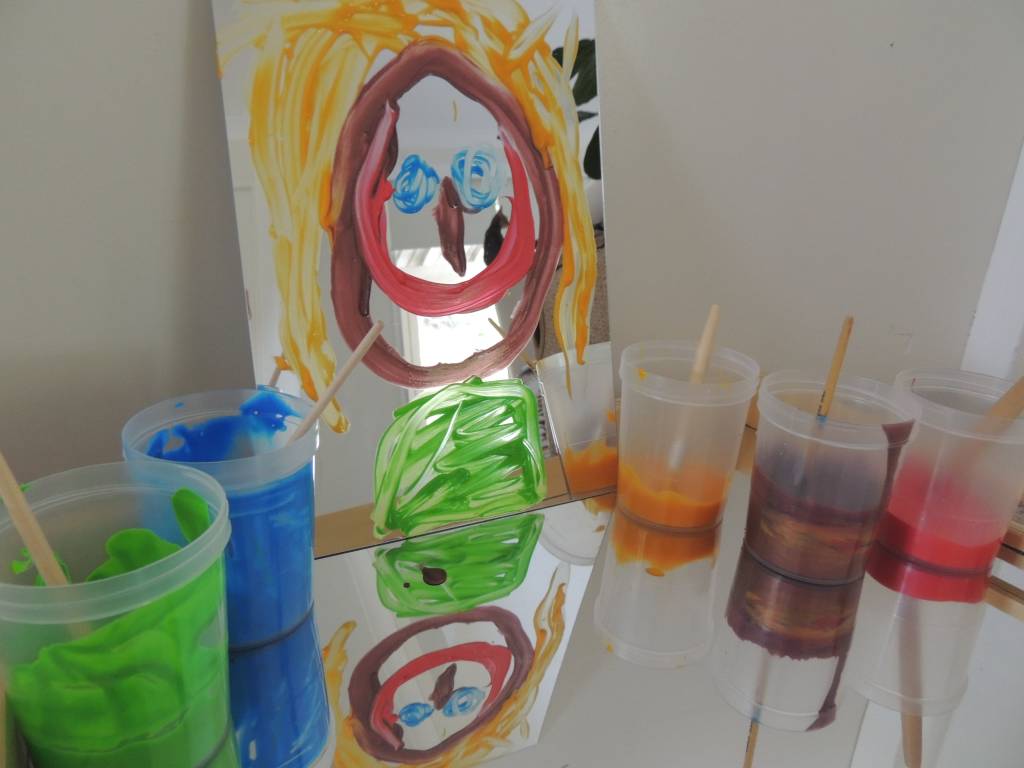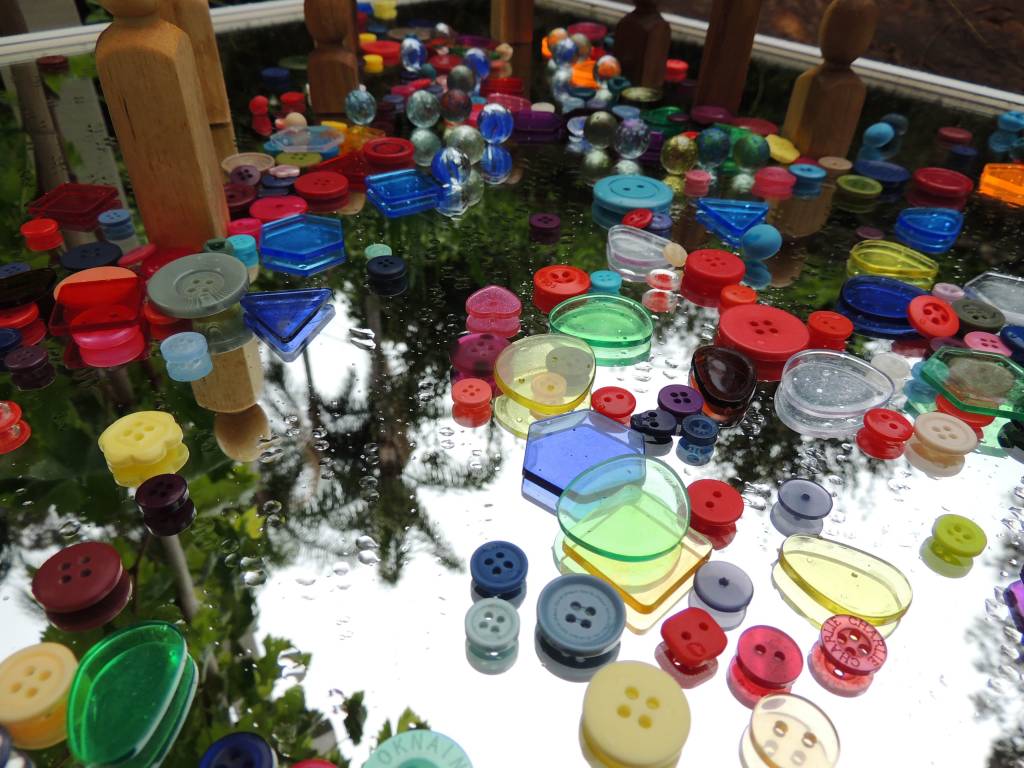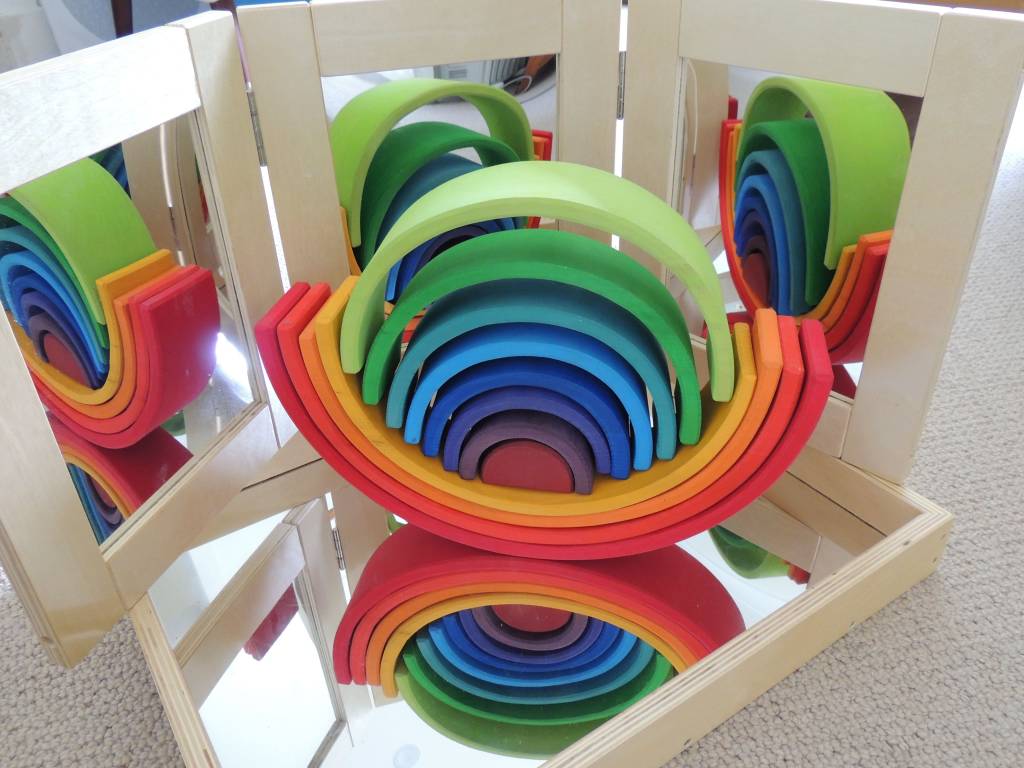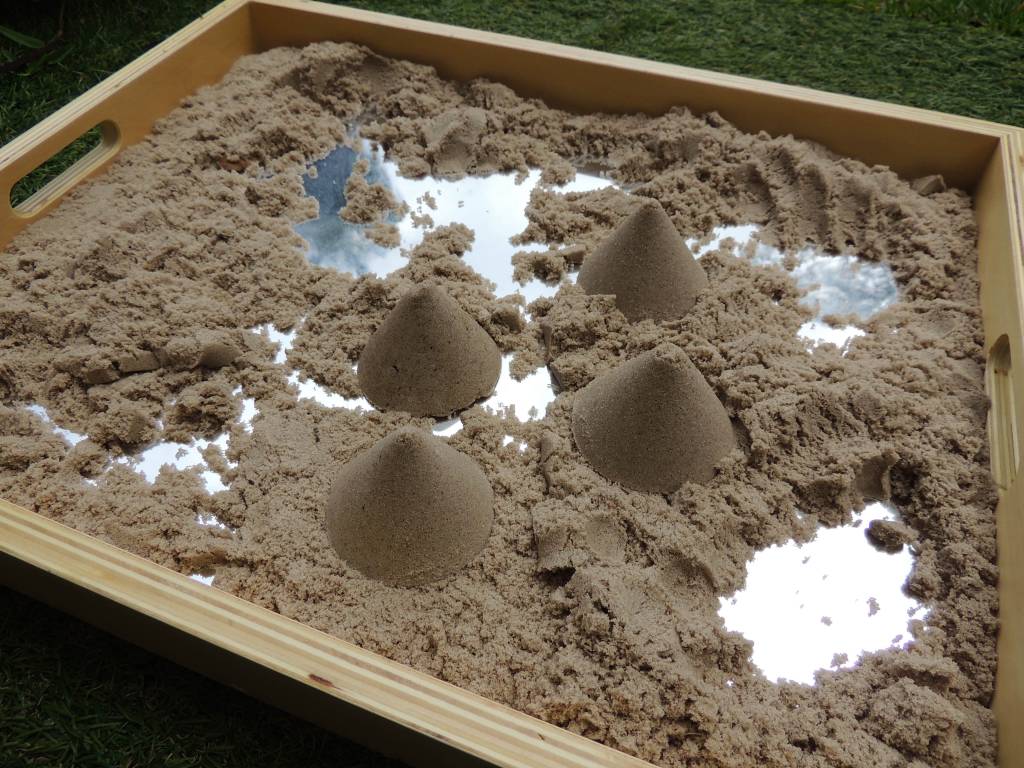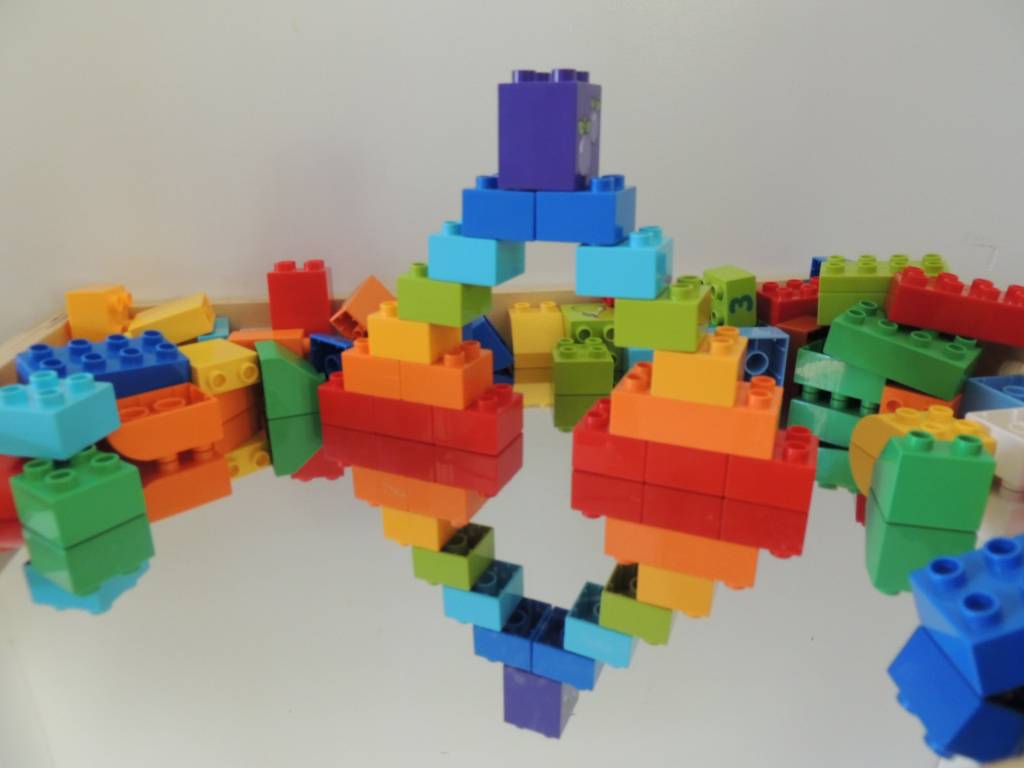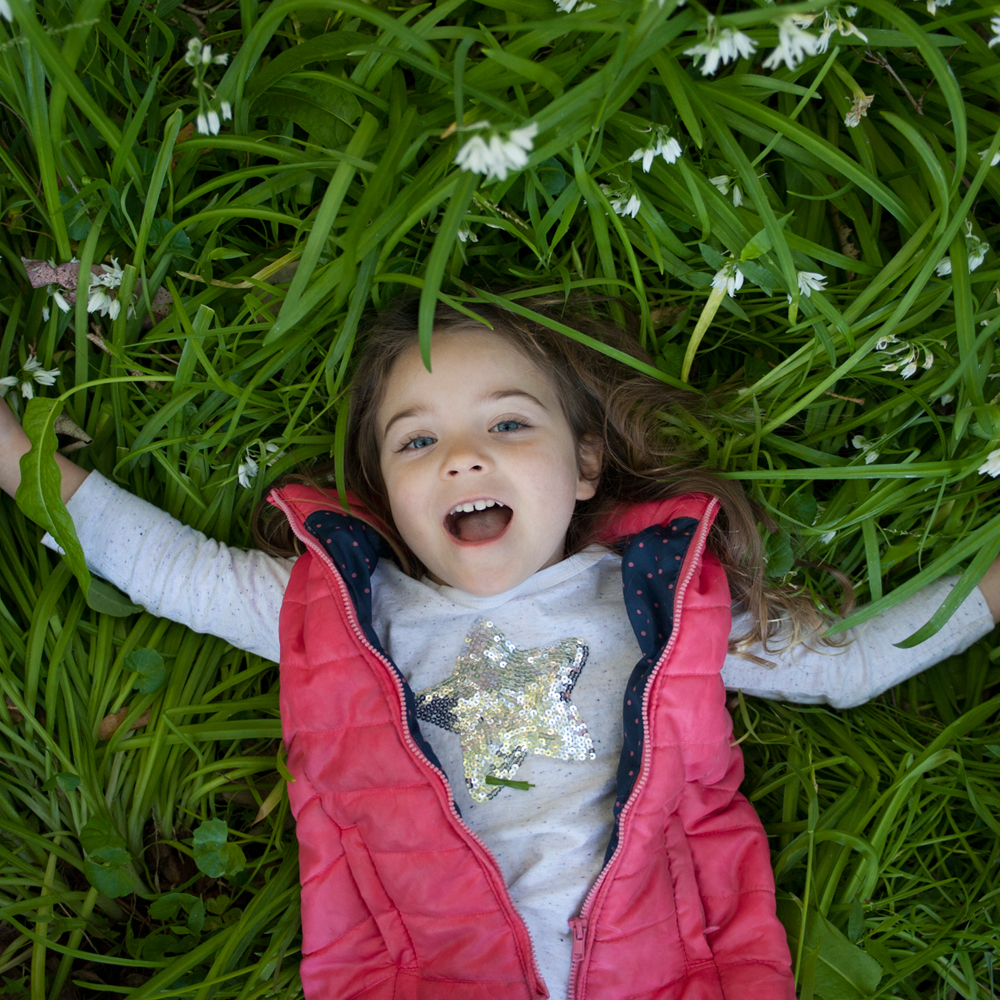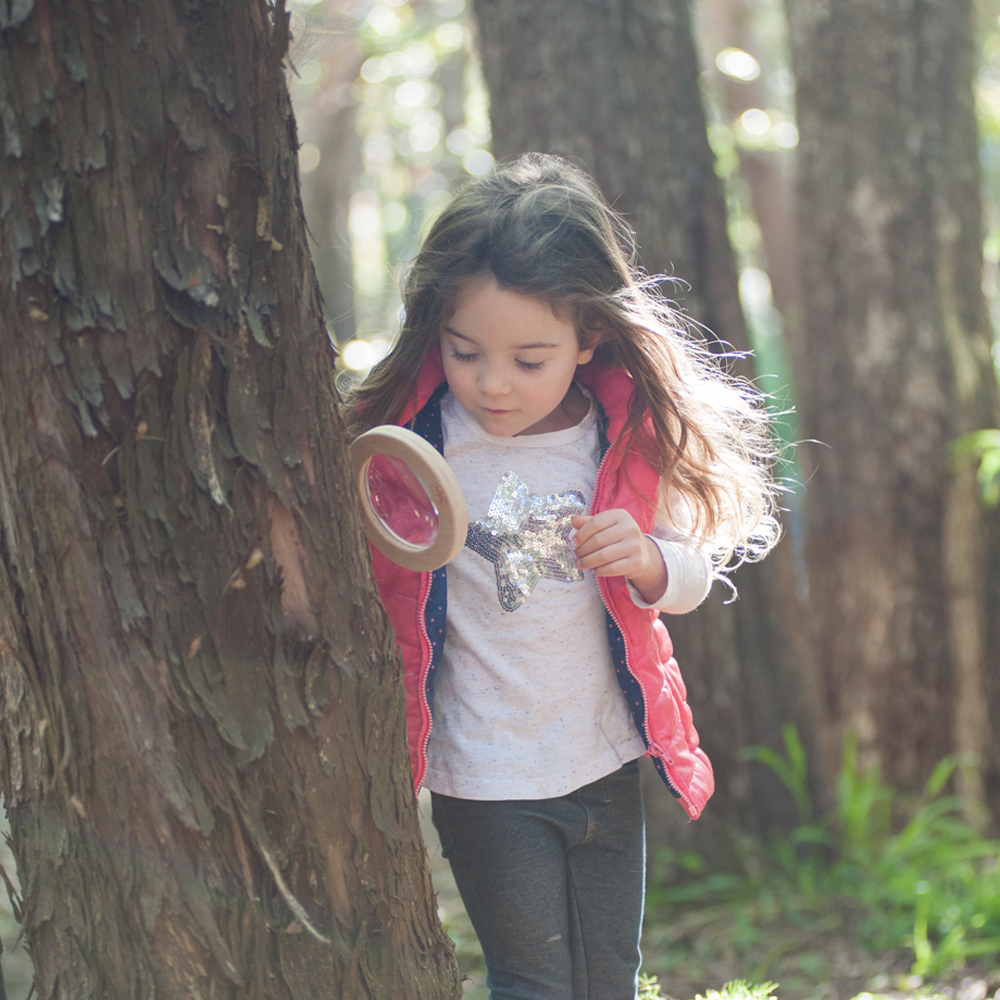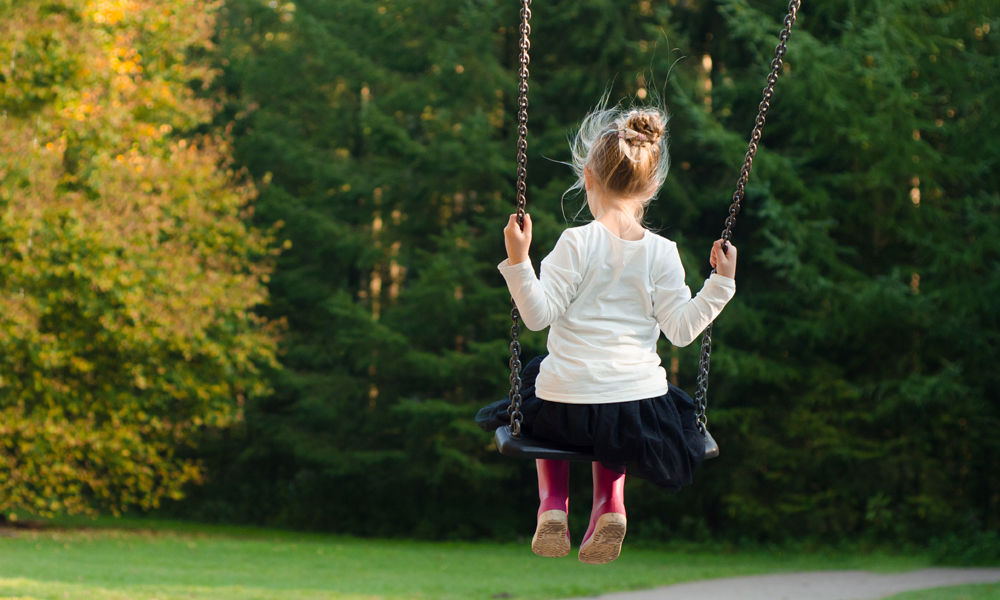At MTA, we love listening to you and understanding what you care about in your early learning centre. We know you’re juggling a LOT of things – budgets, funding, resourcing, staffing and caring for those little growing minds. Our team has curated a fresh dozen resources for all budgets and needs we think you’ll love in 2024. Most importantly, these resources hit the big trends right now:
- Creative play – open-ended play, role play and creative expression are crucial elements of early childhood learning. Play provides children with opportunities to improvise, imagine, connect, explore, enquire and make discoveries.
- Sensory play – resources that support babies, toddlers and preschoolers to process information through touch, smell, taste, sight and hearing encourage children to learn, develop and grow whilst they’re having fun.
- Cultural learning – understanding our world and accepting different cultures is an important skill for any child. These resources allow children to understand their local communities, as well as the larger world through creativity and play.
- Motor skill development – Construction resources, puzzles and games are a great way to promote fine and gross motor skills, as well as cognitive skills, such as problem-solving and logical thinking.
1. Dot Art Markers
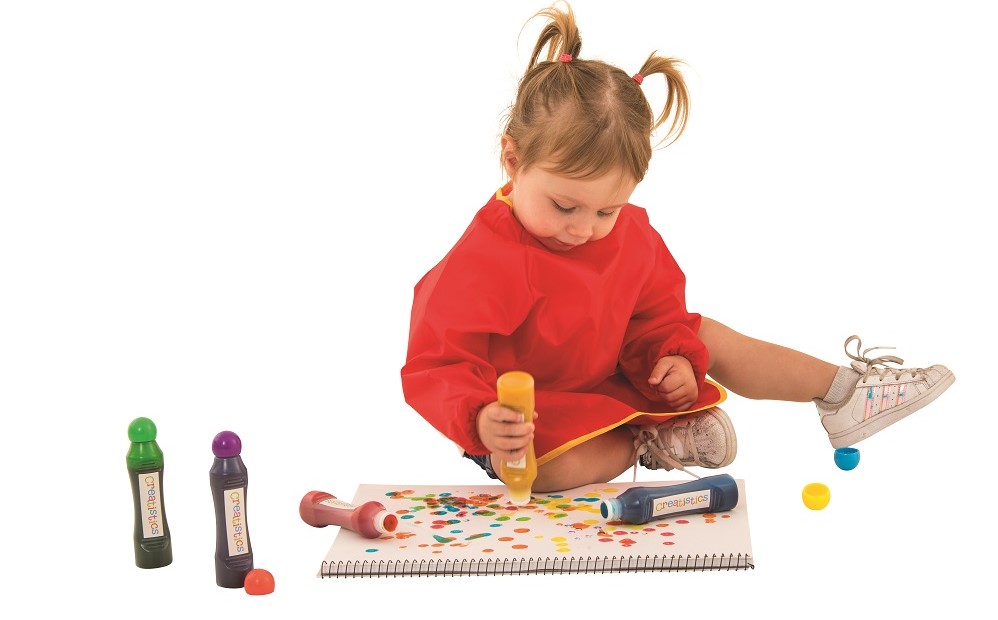
These are a no-mess, water-based, non-toxic paint-style marker that are fun and easy to use and are a 2024 must-have for your art trolley! MTA’s Dot Art Markers promote early childhood development and layered learning. Expressive art skills, planning, hand-eye coordination and colour recognition can be enhanced using these markers. Gentle dabbing creates dazzling dot patterns while brushing produces a painted look. Children can mix, layer and blend their paint colours while the ink is wet to create a unique mess-free masterpiece. Just as importantly, these bottles are easy to use with a twist-off cap and splash-free, no-spill bottle.
Why you’ll love: All you have to do is dot, dot, dot to create art!
Featured Product:
2. Baby Path Activity Kit
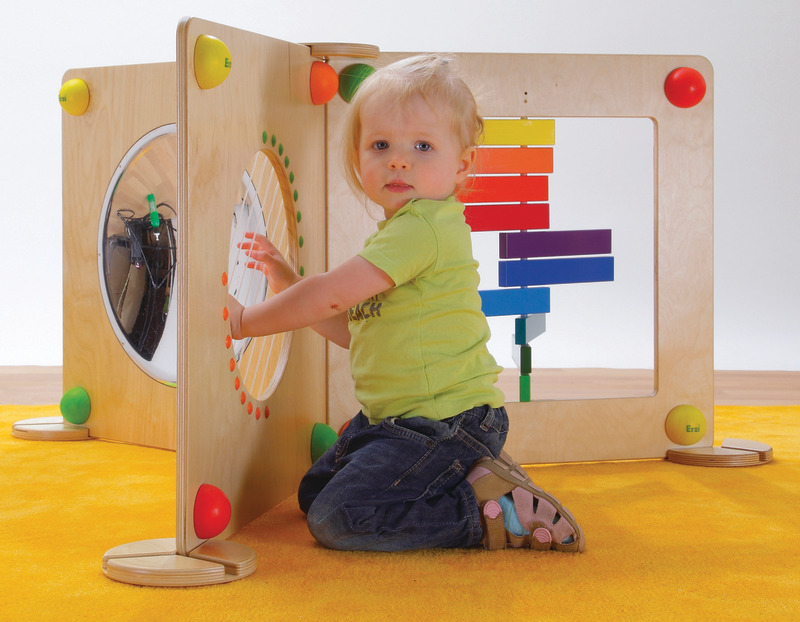
This brilliant Baby Path Activity Kit lets you create an exciting activity centre (or attach panels to the wall) which guides the youngest learners through sights, sounds and tactile sensory exploration. There is endless fun and discovery to be had. With the Colours panel, toddlers learn about early numeracy with size and colour. The colour bars can be turned 360º which adds movement to exploration, providing both a kinetic and a visual challenge. With the Guitar panel, the world’s smallest musicians can produce pleasant sounds using strings of different lengths. The Tinkle panel allows the bars of different lengths to chime and create brilliant sounds. (Suits children aged 12+ months.)
Why you’ll love: It keeps curious minds engaged
Featured Product:
3. Indigenous Board Book Pack

A must-have resource to support cultural learning and early literacy is this gorgeous Indigenous Board Book Pack. This collection of beautifully illustrated board books strengthens cultural perspectives and helps to foster a sense of belonging for all children. The board books in this pack include six titles: My Country; I Love Me; My Body; What Do You Call a Baby…? ;Tjitji Lullaby; Animals in My Garden.
Why you’ll love: Fosters a strong sense of belonging and cultural perspectives
Featured Product:
4. Polydron Giant Octoplay

This construction set from Polydron represents giant fun. It’s excellent for large-scale constructions, as each of the 40 giant plastic octagons slot together. Watch children build large constructions quickly and easily with these natural-toned giant octagons. Polydron’s timeless products have earned the respect of educators and children around the world for over 30 years and are the foremost supplier of geometric construction shapes to schools and early childhood education centres. (Suits children aged 2+ years).
Why you’ll love: Lets children design, construct and problem-solve in a beautifully expressive way
Featured Product:
Giant Octoplay Construction Set
5.Teachables Rainbow Squares Sensory Pads

The rainbow has never felt so in reach before! Rainbow Squares Sensory Pads are a fun, sensory resource that can be used on light boxes, or as a calming fidget tool. Children press on the squares and watch the coloured oil move through the coloured liquid squares for mesmerising exploration. These squishy, captivating sensory pads are a wonderful way to support children’s creativity and open-ended play. (Suits children aged 3+ years.)
Why you’ll love: Supports sensory learning, calming and creativity
Featured Product:
6.Giant Emotions Fishing Game

Happy? Sad? Angry? Worried? Encourage conversations and the exploration of emotions with this Giant Emotions Fishing Game. Children hook the discs with their fishing rods and identify the emotion they have picked. Engaging in collaborative play with the Giant Emotions Fishing Game will provide opportunities for children to build on their motor skills and hand-eye coordination while developing critical social skills including empathy. A variety of skin tones in the Giant Emotions Fishing game authentically communicates the values of equality and inclusion authentically in children’s play.
Why you’ll love: Encourages exploration of emotions
Featured Product:
7.Sorting Bowls & Tweezers Set

Perfect for hand-eye coordination and sorting skills while improving hand strength, the Sorting Bowls & Tweezers Set consists of six colourful bowls and matching tweezers. The tweezers help develop pincer grasp as well as fine motor skills needed for daily living. By working on grasping, picking up and releasing with the tweezers, children are developing hand-eye coordination. As a result, children become more proficient with tasks like handwriting, drawing and forming numbers. Time to get sorting! (Suits children aged 3+ years.).
Why you’ll love: Lets children sort, classify and work on hand-eye coordination the fun way
Featured Product:
8.Percussion Set
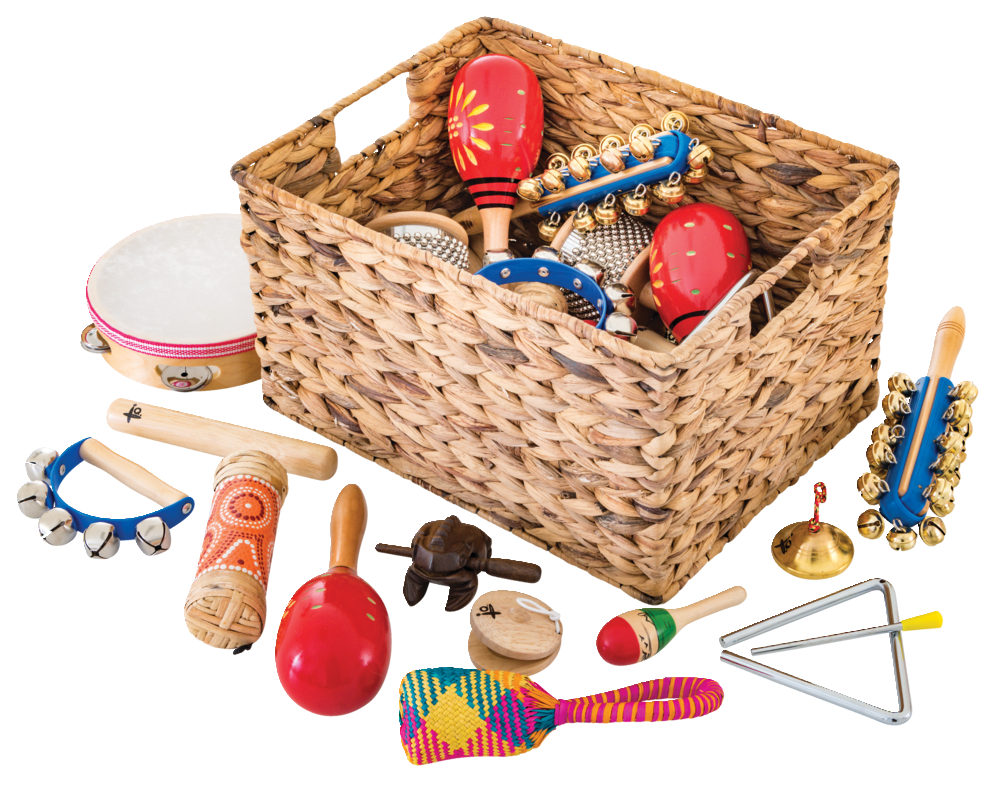
Say hello to a musical must-have. This assortment of percussion instruments will help children make sweet, sweet music. It includes a tambourine, a wood shaker, a jingle stick, a pair of wooden maracas, wrist bells, an egg shaker, a pair of claves, a triangle with striker and a pair of cymbals. It has everything you need to inspire wonderful musical expression, including an educator-friendly plastic carry back with back straps for hands free portability and easy storage. When children play music, it creates a time for the child to be heard, be creative, be part of a group, show listening skills, patience and most of all fun. (Suits children aged 3+ years.)
Why you’ll love: Helps children make music come to life easily
Featured Product:
9.Teachables Light Box

A light box is a must-have for any early learning centre and makes the perfect backdrop for exploratory sensory play. This light box is the perfect size to allow little hands to try different items on the surface and create shapes and amazing light shows. The clever design is not only compact and light, but it also has an outer raised edge to support messy play. It includes a USB adaptor and can be used with mains power or with a power bank.
Why you’ll love: Allows exploratory sensory play to come to life
Featured Product:
10.Rainbow Bricks

Watch children develop their fine motor skills as they build colourful designs with these Rainbow Wooden Bricks, designed to capture their imagination. Crafted from sustainably sourced rubberwood with a kaleidoscope of colourful transparent acrylic inserts, these blocks offer so many creative possibilities. The natural warmth and tactile appeal of the wood provides a sensory experience that stimulates young minds. With their perfect size and weight, these blocks are easy for tiny hands to grasp. The inserts encourage visual perception and introduce early concepts such as colour recognition and pattern matching. They’re also wonderful to use on a light box. (Suits children aged 12 + months.)
Why you’ll love: Visually stunning rainbow bricks captivate little learners
Featured Product:
11.Stockholm Spaces Play Kitchen

Built to inspire endless kitchen role play, MTA’s Stockholm Spaces Combination Play Kitchen includes a cooktop, oven, sink, fridge, microwave, cupboard and benchtop spaces all in one handy unit. It features turning knobs and realistic designs to inspire delicious imaginative role play. The Stockholm Spaces range is practical with an innovative design, made from birch plywood and lacquered for easy cleaning. Many furniture pieces in this range are made from sustainable Forest Stewardship Council (FSC) timbers. This results in an environmentally friendly and sustainable furniture choice for your centre and the environment.
Why you’ll love: This beautifully designed play kitchen inspires endless role play
Featured Product:
MTA’s Stockholm Spaces Combination Play Kitchen
12.Authentic Aboriginal Animal Fun with Dress Up Capes & Puzzles
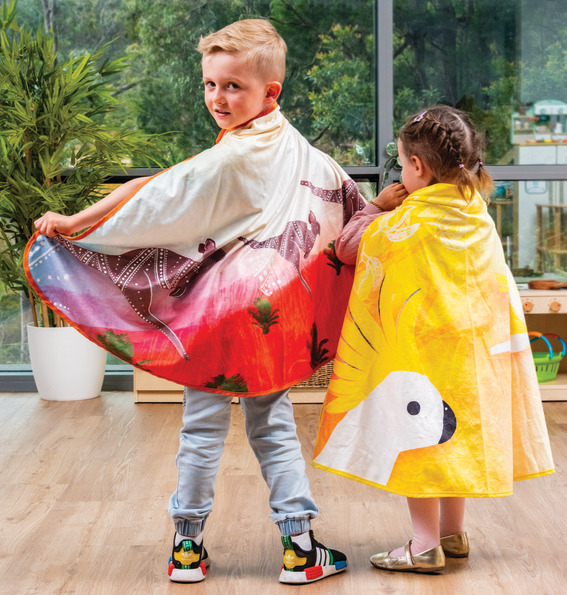
This set of five colourful animal dress-up capes features stunning Aboriginal artworks from award-winning artist, illustrator and proud Dharug woman, Leanne Watson Redpath. So, if you’re ready for little kangaroos, magpies, emus, crocodiles and cockatoos to play, imagine and interact in your centre, this set is for you. (Suits children aged 3+ years).
 Leanne Watson Redpath has also designed this Aboriginal Animal Peg Puzzle Kit with two gorgeous peg puzzles with Australian animals. (Suits children aged 2+ years.).
Leanne Watson Redpath has also designed this Aboriginal Animal Peg Puzzle Kit with two gorgeous peg puzzles with Australian animals. (Suits children aged 2+ years.).
Why you’ll love: Lets children engage with authentic First Nations art
Featured Products:
Aboriginal Animal Peg Puzzle Kit
To find out more about these resources, or other MTA resources, talk to an MTA Rep or take a look online. Do you still have funding? Maybe these resources could fall within your centre budget. Here’s to a beautiful 2024 in your early learning centre.


